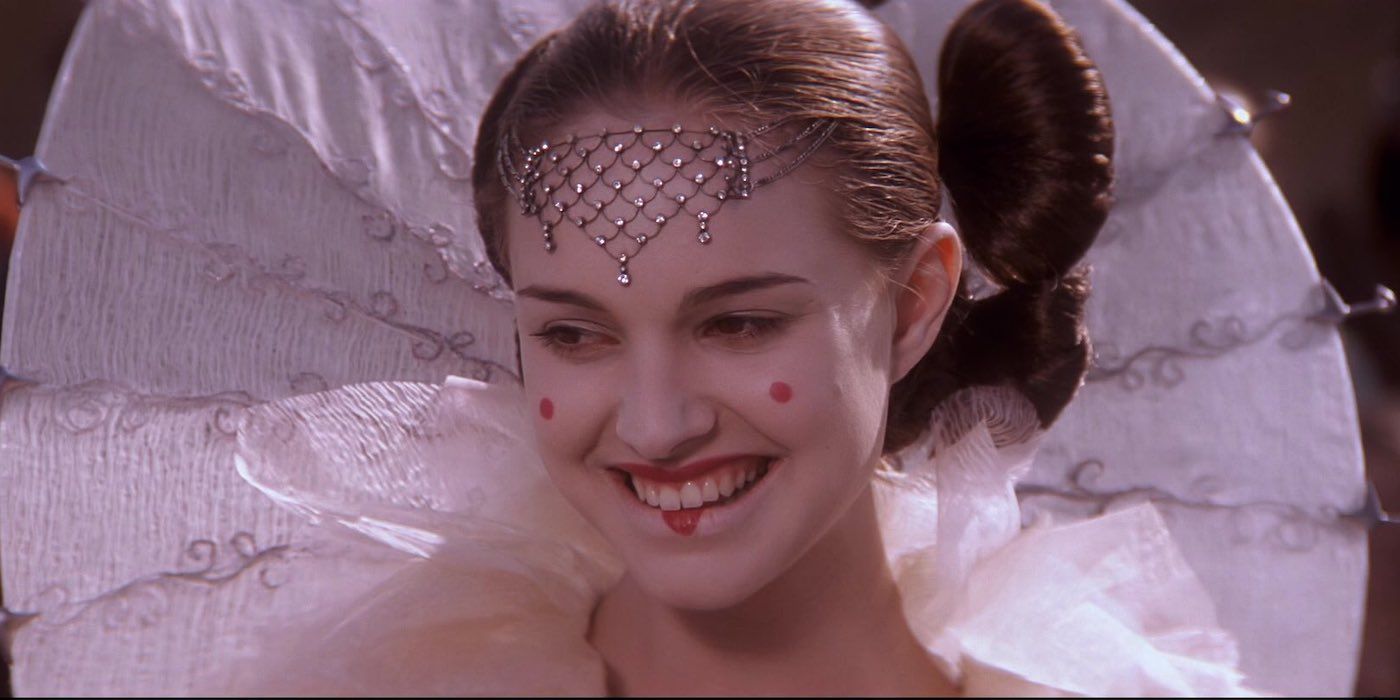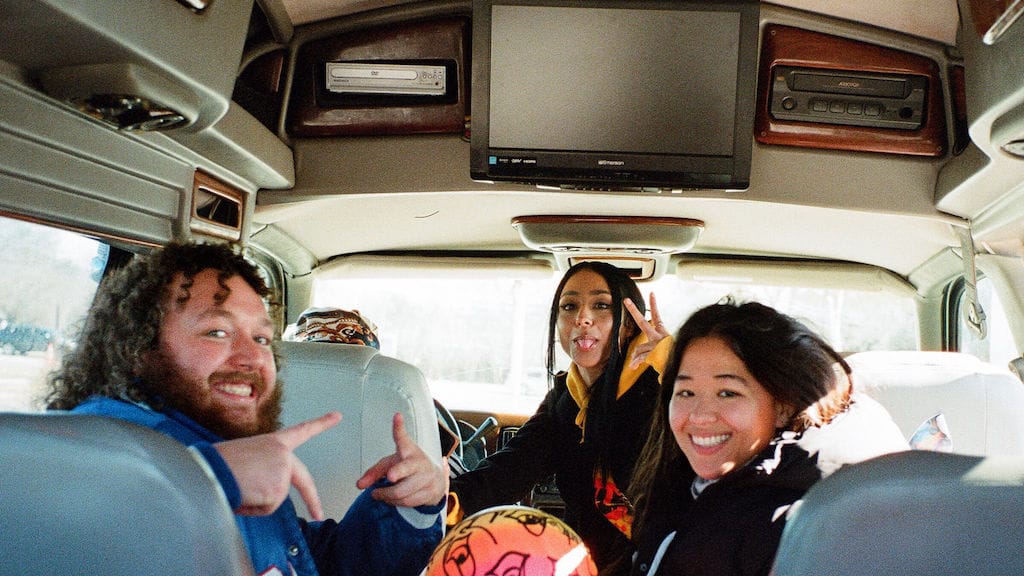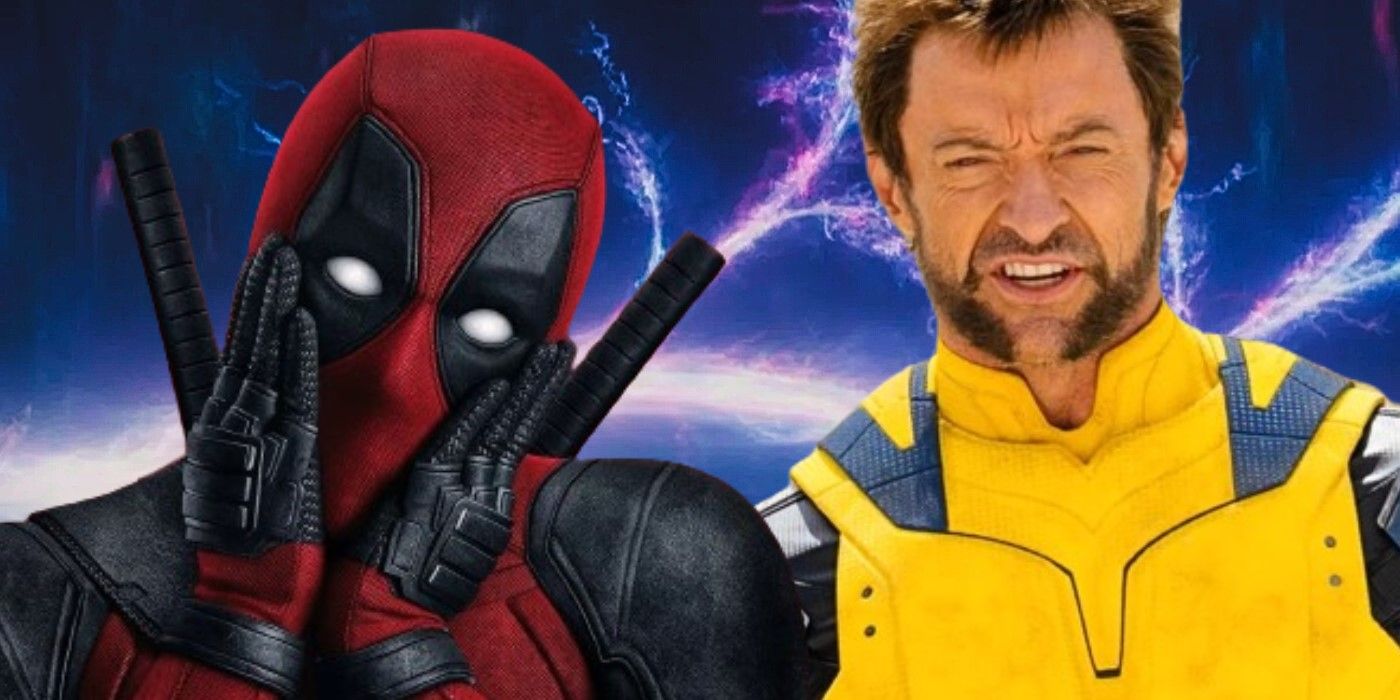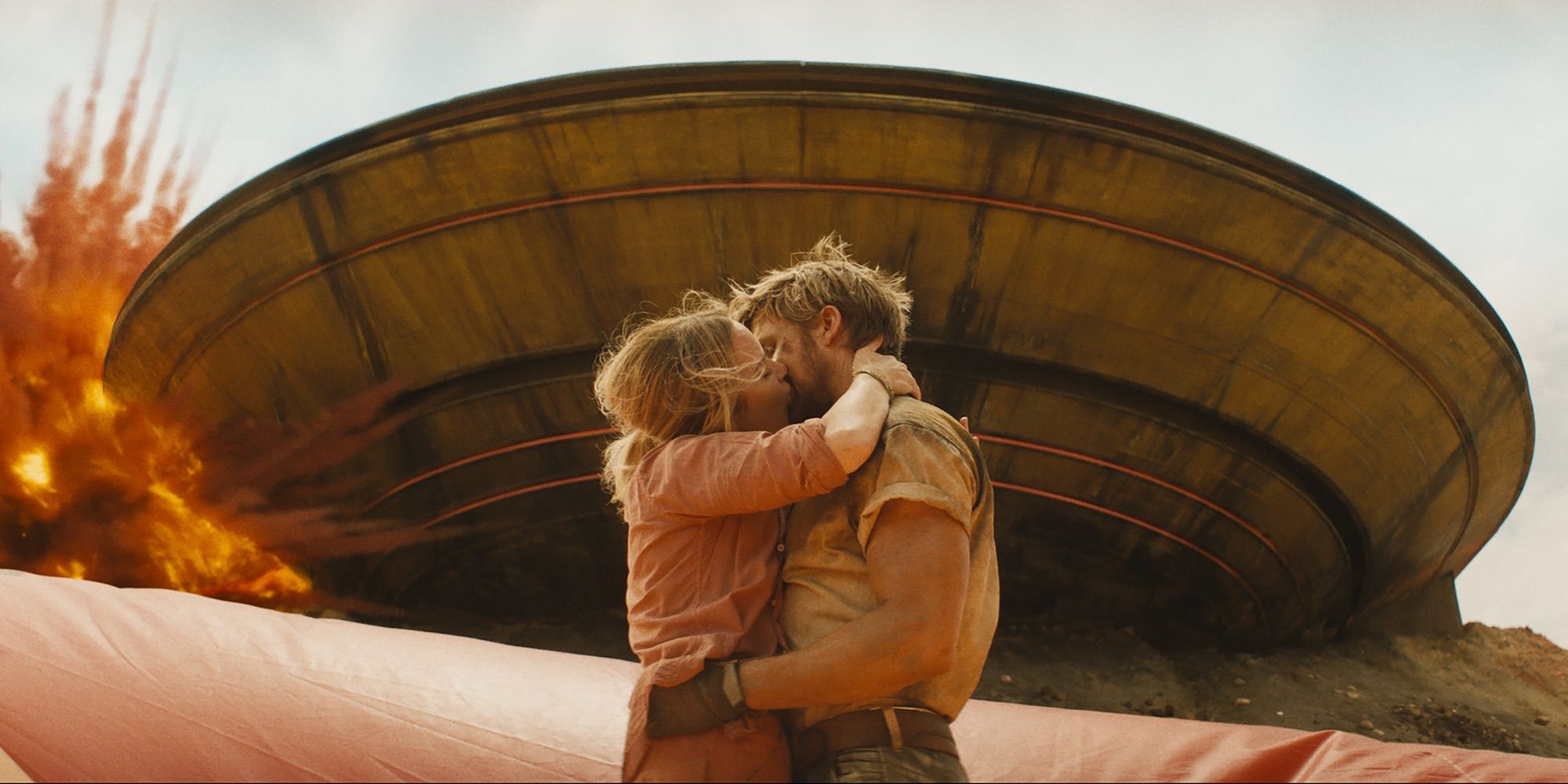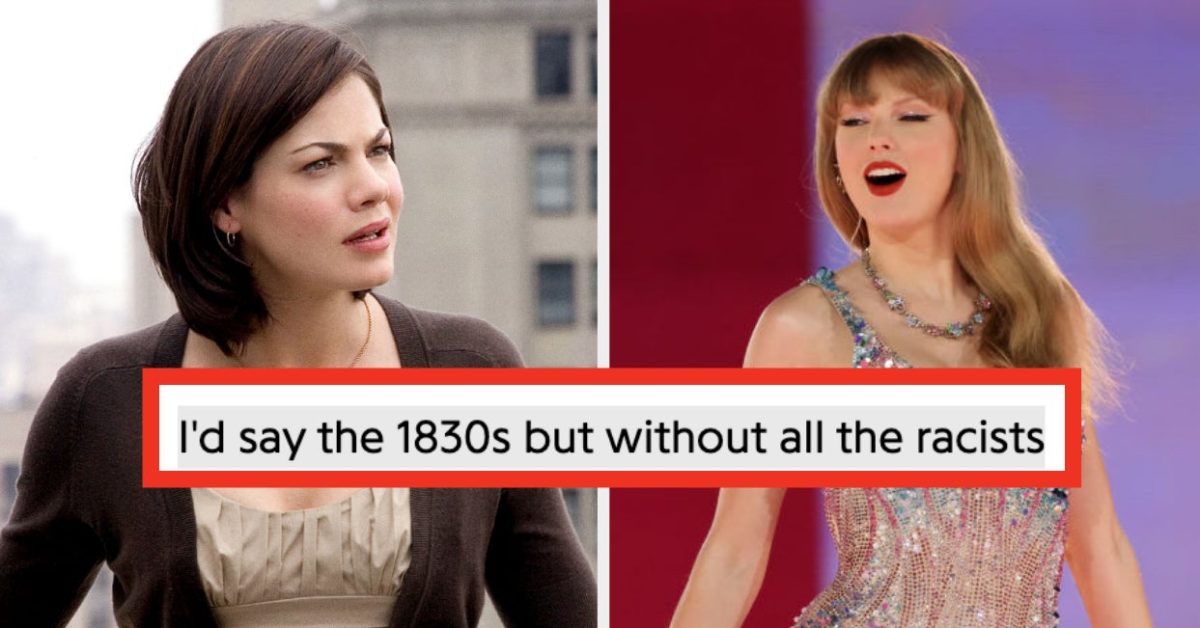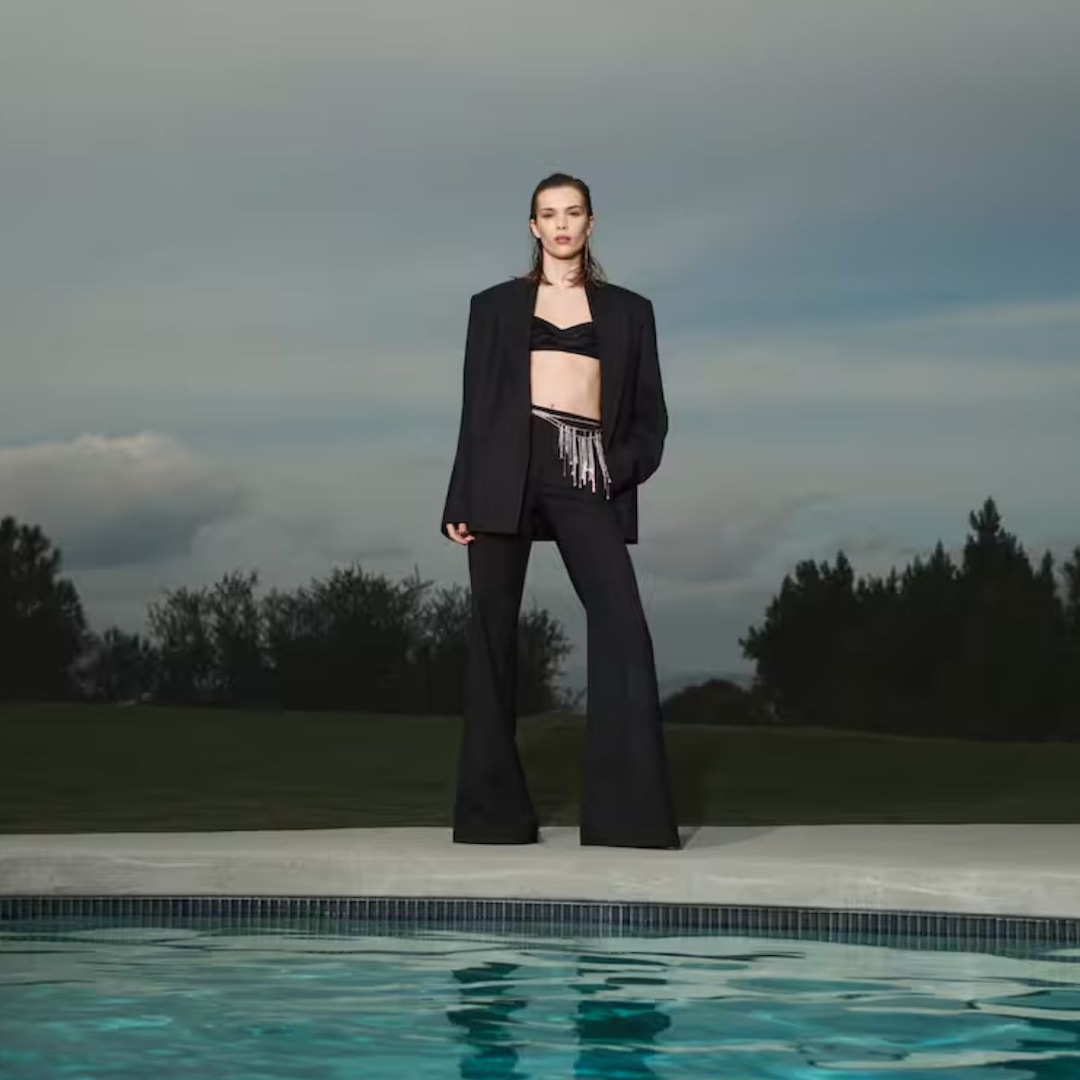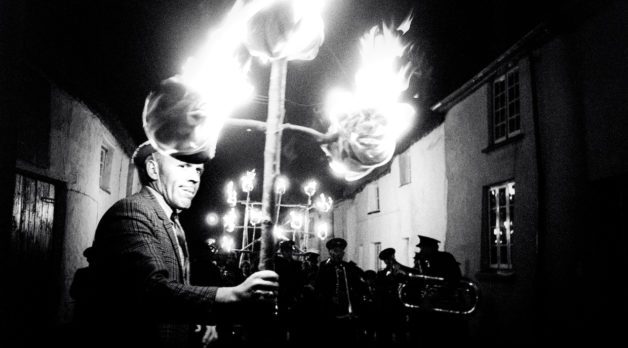
“At the End of the Movie You Have Nine Different Deliverables to Time”: Roger and James Deakins on Still Photography, LUTs and Previs
Jun 9, 2023
Carnival Lights, Hatherleigh, 1971 (photo by Roger Deakins)
Cinematographer Roger Deakins—CBE, ASC, BSC and recently knighted—and his collaborator and wife, James Ellis Deakins, recently visited New York to talk about his book of still photographs. Byways, published by Damiani Books, is the first book from the two-time Oscar-winning cinematographer. It includes previously unpublished black-and-white photos spanning five decades, from 1971 to the present. North Devon farms, British seaside towns, the deserts outside Albuquerque: Deakins’s singular vision is apparent no matter what the subject.
Deakins is known for his collaborations with directors like Denis Villeneuve, Sam Mendes and the Coen brothers. With his wife James he also hosts the Team Deakins podcast and a Team Deakins YouTube channel.
The two spoke with Filmmaker at the Chelsea Hotel, where Deakins shot scenes in Alex Cox’s Sid and Nancy almost forty years earlier.
Filmmaker: At your book signing last night you said that documentary filmmaking informed your perspective.
Roger Deakins: It was through documentaries that I first started to experience different aspects of the world, really. It’s educational as much as the way it had any effect on my work as a cameraman. If you experience more of life, then you have more to add to your work.
Filmmaker: In documentaries the cameraperson is trying to find the subject, frame the subject. Don’t you take a different approach in fiction, where you have to create the subject?
Roger: Sort of. But if you watch as they rehearse on a fiction film, I’d liken it to being on a verité-style documentary. You are trying to interpret what’s happening in front of you, and react immediately in terms of where you position yourself to record the action. It just so happens that on fiction you’ve got a second chance [laughing] and can do a second take. You still have to make a choice of where you put the lens relative to the subject.
Filmmaker: Is it a different approach with still photography?
Roger: No, I think that is the similarity. But otherwise I don’t really connect taking still photographs with filmmaking.
Filmmaker: Your photos are black-and-white. Have you thought about shooting in color?
Roger: With black-and-white, you are looking at the elements in the frame. I like the simplicity of the image, the composition. Most people use color as just eye candy, especially in movies.
Filmmaker: Your book made me think of Cartier-Bresson and the “decisive moment.”
Roger: Yes, somebody else said the dog leaping off the promenade is like Cartier-Bresson’s man leaping over the puddle. I never thought of it like that. We were just walking on the beach and somebody was throwing a stick off the promenade, and the dog was jumping after the stick. I got one shot I didn’t like. Then we just stood there and it happened again—this dog came halfway down and looked at the camera. I thought, “That’s a perfect shot.”
Filmmaker: You make it sound like luck, but Cartier-Bresson put himself into situations where his imagery could exist. You do the same thing, like your photographs in Albuquerque.
New Mexico, 2014
Roger: You’re thinking about the lightning striking the bar. Yes, I went to that location two or three times, waiting for a thunderstorm. It’s completely luck that the lightning is a bolt pointed at the bar, you know?
James Deakins: But also your photo of the woman at the bus stop looking at the naked woman in the poster. You waited and waited for the right person to come.
Roger: I just like wandering the streets, I don’t really think about it. Sometimes I wait because I have an image in my head, but more often it’s just an excuse to explore, you know?
Filmmaker: Are you using a zone system when you’re shooting?
Roger: [laughing] That’s a bit too sophisticated for me. I don’t do that in cinematography or photography. It’s like, if it just looks all right. I do use a light meter, but I don’t zone system. They say Douglas Slocombe never used a light meter. He just looked at his hand and judged the light from that.
Filmmaker: I think Chris Doyle often skips using a meter.
Roger: Well, he’s crazy. We haven’t seen him for years, but he was our best man when we got married, just by chance. We were in Hong Kong when it was still a colony, doing a seminar.
James: We suddenly needed witnesses, and he was there.
Filmmaker: When you were talking about your filmmaking last night, you said things like, “I don’t want to put pressure on myself.” And, “I would be in torment thinking about shooting.” I’m wondering if it’s ever fun for you?
James: That’s a good question.
Roger: When it’s over.
James: That’s true, when you’re looking back on it.
Roger: I do love the collaboration with the crew. We have a team in America and a team in the UK we’ve worked with and known for years and years. That’s why I like film rather than still photography, I think.
James: Also, Roger, when you get a shot on the set that you really like, you get kind of bouncy.
Roger: Happy when you find something, yes. But it does always feel like I’m compromising.
Filmmaker: James, I know you’re on the set with Roger. How do you work together?
James: First we talk about the film and what we want to do. Then during production, I’m in communication with departments, with visual effects. So Roger can just be on the camera and focus on what he’s doing. Because we’ve already talked about how he wants to light each set, I know what he wants and can go to those meetings and take all that stuff off him.
Roger: The whole infrastructure has gotten more complicated since we went digital, and as I operate the camera, there is so much more that needs to be controlled in the background. I don’t like that distraction. James is a wonderful organizer. She’s become part of the camera crew and now an associate producer on Empire of Light.
Filmmaker: Everything’s gotten more complicated, even LUTs. It’s like you have to pregrade on the set.
Roger: It’s crazy. Then at the end of the movie you have nine different deliverables to time.
James: We try to shoot it the way we want it to look, so the dailies should look the way we expect. It’s really important to communicate with visual effects. Sometimes on a set, when the cinematographer is really busy and wants to shoot it a certain way, the visual effects wants a different element. It can get a little antagonistic. So what I do is be there to talk to them, ask what they want, then say, “What if we do it this way?” Take the time to get better results.
Roger: There are just so many people with so many different opinions these days.
Filmmaker: I think of Blade Runner 2049 and 1917 as being effects-heavy films. I don’t think people realize how much effects are involved in Empire of Light.
Roger: Effects are in everything now, but I wouldn’t say Blade Runner 2049 or 1917 were effects heavy. Certainly 1917 couldn’t have been made without some effects work, but there is less in that movie than you’re implying. With Empire, we needed little tweaks because it’s a period film, like lamp posts. Years ago, they would have actually taken them out physically; now, [they] just paint them out. Or adjust a background, or stabilize a shot. There was one scene we shot in Empire where it was incredibly windy. Blowing a gale, which meant every now and again a bit of camera shake. So they stabilize it, something they wouldn’t have bothered with twenty years ago. But with all these details, you have to be careful. Sometimes they alter the file, maybe change a color or bake in some change that they think is a correction. Then you find out you don’t have the ability to time it the way it was meant to be.
We are very lucky to work on films where everybody’s on the same page. I remember one time on Revolutionary Road, we were shooting a little dance sequence I lit with changeable colored light. Sam Mendes wanted to put two shots together, but one was red and one was green. I think that’s the only occasion I can remember where something had to be changed in post for it to match in the cut.
Filmmaker: Do you have grading in your contract?
James: Yes, every time. I also try to put consulting on visual effects in the contract. That’s not normal in contracts, but it’s really important because Roger has such an eye he might see something early on in the process, when it’s still relatively easy to change. But if we’re down to the wire with the DI and kick something out, that’s a lot of work for people.
Roger: Denis or Sam, they want you involved in post-production, so you don’t get any surprises.
Filmmaker: A lot of cinematographers complain that they only get two weeks to grade.
Roger: Sometimes it’s longer because of the effects. On Blade Runner the effects were a long time coming. But we basically timed 1917 in three days, because it came in the way we shot it. Blade Runner we could have timed in six or seven days had it not been for all the effects work.
The first DI I did, O Brother, Where Art Thou?, was something like 12 weeks. I think it was one of the first DIs on a Hollywood feature. The process was just a nightmare. Now, if you shoot it the way you want, it’s very straightforward to time.
Filmmaker: I used to live here back in the early 1980s.
Roger: I shot here in the Chelsea Hotel I guess in 1985. Sid and Nancy. There were lots of needles. I got to meet Raquel Welch, though.
Filmmaker: I look back to the explosive imagery in Sid and Nancy and I think that the process has changed so much that you don’t have the same kind of freedom.
Roger: How do you mean, “the same kind of freedom”?
Filmmaker: With something like 1917, aren’t you locked into specific shots? With Sid and Nancy, it felt a lot more organic.
James: [laughing] Organic. That’s a good word for it.
Roger: It’s a very polite way to put it. We started off on that film in a very traditional style, tracking shots and setting up shots and blocking with the actors. By day three I put the camera on my shoulder and said to Alex [Cox], “You do what you want, mate.” I just shot it like I was shooting a documentary.
You mentioned 1917, but that’s a very specific film. It had to be very structured. Basically the film was made on a piece of paper way before pre-production even started. We drew it out. We had to.
Filmmaker: How much freedom did you have for Empire of Light? Could you adjust elements, suggest new shots?
Roger: That was totally back the other way. We talked a lot. We had shots in mind, ideas about how scenes would be blocked, but nothing was finalized until we rehearsed the actors in the morning. Then we discussed it. Even during the day, Sam would suddenly have a shot or I’d come up with something and things would change. We had a lot of flexibility on that.
Filmmaker: But that would be harder on Blade Runner 2049 because there were so many effects involved.
James: Not as many effects as you would think, because we did build the foreground and mid-ground. It’s just in the background that there are some effects.
Roger: There are some shots that are almost totally CG, like the spinner flying across the seawall and things like that. But even with all the prep we did, we still had flexibility in terms of how to shoot it, the shots we would actually take.
Filmmaker: What about previs?
Roger: It’s a wonderful technology. But I think about a production designer doing previs recently on a set. It looked great on a computer, but when you walked in and saw the built set, saw the color scheme, it just didn’t work. You have to be there and see it, see the material. You can’t just look at something on a flat screen. It’s not the same as looking at a carpet in real space. It’s not the same when you photograph sometimes. When we were shooting film, you’d have to photograph the material first to see how it was going to come out, see how the film would react to it.
James: Far too many people see a previs and think, “That’s exactly what we’re going to do.” No, it’s not. As opposed to storyboards—you might follow them, but they give you the basic idea.
Roger: I think the only previs we did that worked was the opening of Skyfall.
James: But they didn’t shoot it that way.
Roger: Well, we knew what we wanted and knew the timing and flow of the scene. We needed shots, but sometimes second unit doesn’t stick to the plan. In the end, I think the final sequence looks pretty close.
Filmmaker: Are you worried about AI scraping your imagery?
Roger: That already happens. When you do a film, you’ll see the same imagery show up in commercials. After The Hudsucker Proxy, Joel Coen showed me this commercial when they took the fall out of the window shot for shot.
Filmmaker: What I love about the Coens is how they try to do things practically, instead of with effects.
James: It’s more fun shooting it that way, too, because you’re actually seeing it happen.
Roger: I think it’s true for most of the people we work with—Sam, Denis.
James: A lot of directors will also say, “It’s going to take another 15 minutes. We’ll do it in post instead.”
Filmmaker: Do you miss working in film?
Roger: Kind of. I’ve still got a dark room at home in the basement. I haven’t used it in a long time. But I miss that process.
James: And the smell.
Roger: What I always say about the move from film to digital on movies is that you can sleep at night, because you know what you’ve got before you go to bed. Waiting for the lab report the next day was always torture. I would ask my assistant Andy, “Can you ring the lab?” And he would ask his assistant, and it would go around, and nobody would ring the lab.
Publisher: Source link
Taylor Swift Lyrics About 1830s Has People Really Confused
taylor swift: the old world was misogynistic and racist, but people are blinded by aesthetics and nostalgia. in reality i would’ve hated being theretwitter users: she’s racist— who’s afraid of little old elin? (@tsignelin) April 19, 2024 Disclaimer: This story…
Apr 24, 2024
Victoria Beckham’s New Collaboration With Mango Is as Posh as It Gets
We independently selected these deals and products because we love them, and we think you might like them at these prices. E! has affiliate relationships, so we may get a commission if you purchase something through our links. Items are…
Apr 24, 2024
Taylor Swift Appears To Slam Fans Who Condemned Matty Healy Relationship
In Feb. 2023, Matty sparked further backlash during an appearance on The Adam Friedland Show podcast, during which he laughed while rapper Ice Spice was referred to as a “chubby Chinese lady” and “a fucking Eskimo.” A range of accents…
Apr 23, 2024
Halle Bailey Says She's Suffering From "Severe" Postpartum Depression
Halle Bailey's postpartum struggles have come in waves. The Little Mermaid actress opened up about the mental health challenges she's faced as a new mom since welcoming her baby boy Halo with... Disclaimer: This story is auto-aggregated by a computer program and has not been created…
Apr 23, 2024
